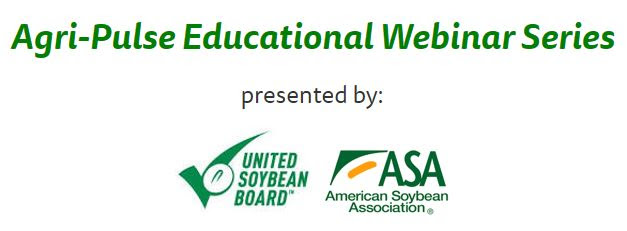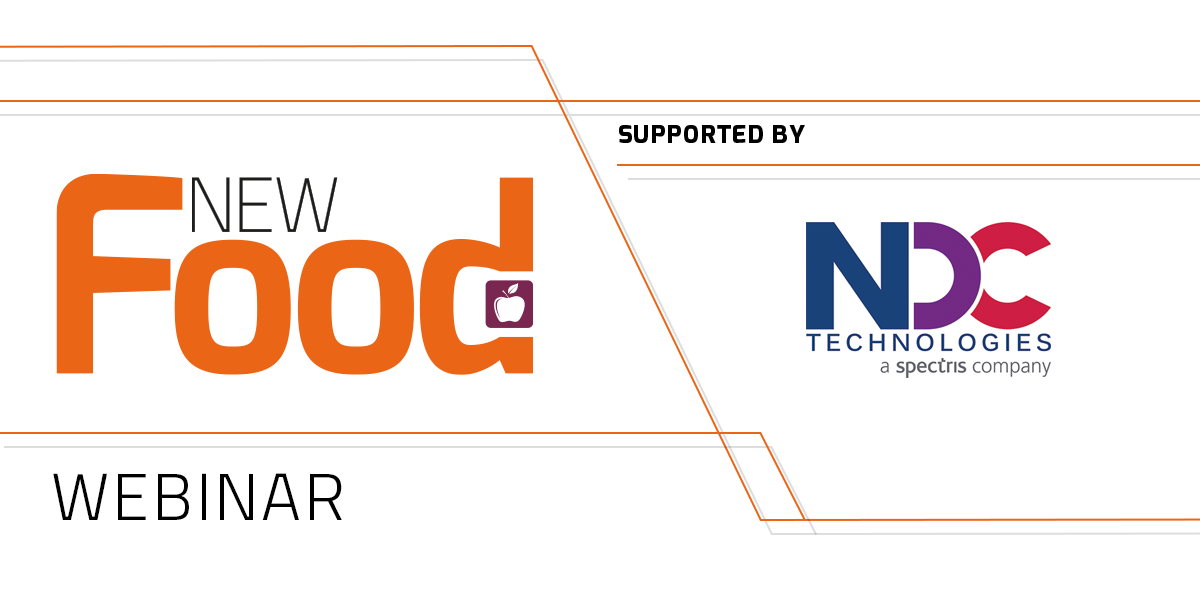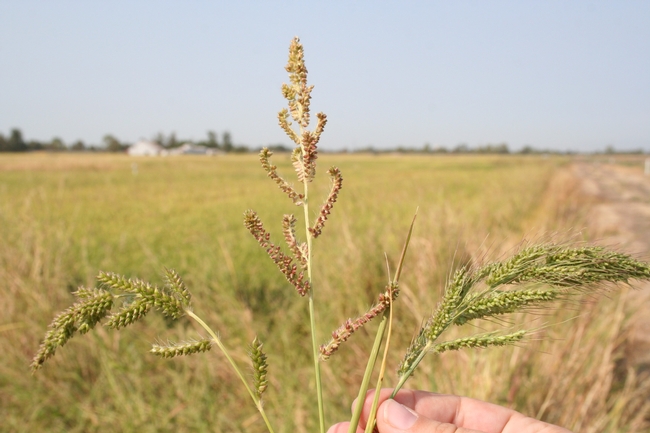Riceplus Magazien is a quarterly magazine that publishes research articles including industry realted for the rice sector.It shares global and regional articles on rice.Riceplus Magazine also publishes two digital magazines on daily basis namely Daily Global Rice E-Newsletter & Exclusive ORYZA Rice E-Newsletter for entire global agriculture community.For more information visit on www.ricepluss.com
Menu-1
- About Riceplus Magazine
- Latest Issue
- Archives-Digital Editions
- Rice R&D (Innovation & Technology)
- Exclusive Interviews
- Induss Pak Consulting
- Rice Facts & Figures –Statisitcs
- Research Reports
- Write for Riceplus Magazine
- Useful Links
- Join us On Social Media
- Upcoming Events
- Picture Gallery
- Advertise with us
- Contact us
- Rice Recipe/ Dishes/Feast Your Self
Menu-2
- Editorial
- Induss Pak Consulting
- Daily Local Regional Global & Exclusive ORYZA Rice E-Newsletters
- Upcoming Events
- Rice Recipe/ Dishes/Feast Your Self
- Picture Gallery
- Write for Riceplus Magazine
- Research Reports
- Induss Pak Consulting
- Exclusive Interviews
- Useful Links
- Picture Gallery
- Archives-Digital Editions
- About Riceplus Magazine
- Contact us
- Join us On Social Media
- Advertise with us
- Latest Issue
- Rice Facts & Figures –Statisitcs
Menu-3
- Exclusive Interviews
- Rice Recipe/ Dishes/Feast Your Self
- Useful Links
- Picture Gallery
- Rice Facts & Figures –Statisitcs
- Induss Pak Consulting
- Editorial
- Advertise with us
- Daily Local Regional Global & Exclusive ORYZA Rice E-Newsletters
- Induss Pak Consulting
- Picture Gallery
- Write for Riceplus Magazine
- Research Reports
- Archives-Digital Editions
- About Riceplus Magazine
- Contact us
- Join us On Social Media
- Latest Issue
Wednesday, August 12, 2020
Perspective on Practical In-Line Process Measurements in the Baking and Frying Industry
|
What's the Post-Pandemic Assortment Outlook?
What's the Post-Pandemic Assortment Outlook?

For grocery retailers, assortment management is a perennial challenge in the best of times, one that requires discipline and sound practices. The COVID-19 pandemic has elevated this test to a new level. The demand signal has been shattered by irrational shopper demand in many product categories. Supply chains are struggling to catch up with shortages caused by both consumer stockpiling of items like paper goods and production snags in categories like fresh meats.
Category managers intuitively understand that these circumstances could be “habit-breaking” for consumers. A COVID-19 tracking study reported by advertising agency SFW supports this: It found 86% of shoppers who encountered out-of-stocks tried a substitute brand. Ominously, 43% of those shoppers indicated that they now prefer the newly tried brand.
In this context, applying traditional management methods that base the next round of assortment and space decisions on what's selling right now makes little sense. Planogram compliance is virtually nonexistent, and many shelves are being filled with whatever products can be procured. Consumer price sensitivity is taking a back seat to a “whatever is available now” mentality.
New product introductions – typically planned many months ahead – are much harder to implement against this backdrop. On the other hand, retailers are sourcing alternative brands in categories where the normal channels have run dry. Many retailers have suspended routine temporary price reductions and other promotions, as it makes no sense to try to drive demand for items already in short supply.
It's clear that the demand signals that grocery retailers usually rely upon to guide decision-making are unreliable. The situation may endure a while longer, but it's not permanent. As the crisis abates, retailers need to find their way back to a “new normal” picture of space and assortment.
WHAT WILL NEW THE NORMAL LOOK LIKE?
Assortments will certainly look different in many categories. There will be fewer varieties, package sizes and even brands. Also, a few new brands that gained a toehold during the crisis will remain in the mix. In fact, there are some clues about demand embedded in the list of items that have been in short supply.
Baking yeast has been hard to find in many supermarkets, as isolated households turn to making bread. Pasta, canned beans toilet tissue and hand sanitizer have run low in many stores, leading shoppers to try brands or private labels they may not have purchased before. On the other side, cosmetics went temporarily cold as home-bound consumers stopped dressing for office or social events.
As businesses reopen, some analysts predict a period of “revenge shopping” in malls and boutiques, as cooped-up consumers seek to soothe themselves after weeks of forbearance. There were some reports of this phenomenon in China and South Korea, after some social-distancing rules were relaxed in April and early May. This won’t be universal, however, as millions of households have suffered financially due to job losses.
It’s clear that shopping baskets are going to look different for several months or more.
This leaves supermarket retailers with a novel strategic choice regarding assortment planning: Should they focus on serving customers by stocking goods purchased habitually in the past, should they look at today’s demand, or should they concentrate on the as-yet-undetermined post-quarantine lifestyle?
To start, they need to anticipate those scenarios for the customer and work to understand what has changed. It would be shortsighted to assume that the previous category plans are still well optimized for the post-coronavirus world. To respond wisely, retailers need to understand what items really matter most to shoppers now and follow those preferences as they change over time. Industry-standard assortment-planning tools are essential to the empirical process that can guide such decisions.
To this point, the present disruptions at the shelf aren't evidence that existing merchandising tech has failed us. It still does exactly what it was designed to do. But the available input data they require – which depends on measuring actual demand at the shelf – are not currently a true reflection of shopper preference or consumption behavior, now or in the future.
A return to a true read of shopper preference and assortment requirements depends on the same sound assortment practices we have been using for years, with the addition of some commonsense intervention. While item availability approaches “normal” levels, retailers need to:
- Discard or ignore the last six months of demand data, and make a first round of decisions using year-ago comparable metrics. Essentially, that means returning to the prior shelf sets – at least temporarily.
- Restart the sales-tracking process, and plan to make a series of small adjustments to the shelf sets as new shopper preference trends emerge. This process will persist for many months, as the market finds its new equilibrium.
Rather than zeroing in on data and analytics alone, the focus should also be on understanding how consumers are changing their habits in the face of change. Preferences in the new normal are not known, but there will be continuous change ahead, and companies need to pay closer attention to it than ever before.
OPPORTUNITIES AHEAD
During Q2 2020, the peak impact of COVID-19 on the supply chain resulted in all retailers facing shortages of on-shelf product availability across all key categories. Shoppers were required to constantly make trade-off decisions within categories, often switching from their brand of choice to a substitute. This explosion of choice made by millions of shoppers daily represents a massive opportunity to learn about brand choices and generate insights to optimize future merchandising.
At the heart of making data-driven decisions on micro-space allocation -- keep/expand or delist/reduce -- is understanding the true value of an item and its incrementality to the category. This is done by understanding what an item’s substitutes that customers will switch for are, as well as the "transferrable demand" -- the amount of an item’s sales volume that will shift to a substitute if an item isn't available.This period of COVID-19 is exponentially expanding the instances of switching of customers from preferred brands to substitutes -- which can greatly improve the understanding of the true value of an item, substitutes of an item and demand transfer. For those retailers with loyalty programs, this can be further enhanced by looking at individual customers' purchases over time and understanding brand-switching behavior.
For example, retailers can look at customers who switched brands during the peak of COVID-19 in Q2 and understand who has truly shifted their brand preference long-term and not gone back to previous brands, who reverted, and who now buys both. Companies can further look at the overall impact of items to the category to determine shifts of item/brand importance and assess the changes in how the category is shopped today versus pre-COVID-19 and review variations to understand consumer choices in the new world.
Similarly, merchants can examine overall customer choice and category purchasing. In many cases, the number of unique items that a customer buys is significantly reduced, as is the variety. This indicates that customers have in many ways simplified their choices and how they shop, and maintained more consistent patterns. Also, customers favor fewer trips to the grocery store, which means they prefer to buy larger pack sizes. These changes in how consumers shop present an opportunity for grocery retailers to simplify their assortment to those key items that reflect the emerging new reality.
As David Rawlinson, CEO of Nielsen Global Connect, wrote recently, companies that can leverage technologies intelligently during this time — by meeting changing consumer demands online, enabling seamless interactions through direct-to-consumer offerings, and enhancing consumer experience with augmented and virtual realities — have the opportunity to earn consumer loyalty well after consumers’ concerns subside. The new normal of assortment is a critical part of this success equation, one that retailers need to get right or risk losing ground to competitors that do.
Global Prices (Rice)
Soruce:http://www.foodsecurityportal.org/commodities Accessed on 12 Aug 2020
Aug 18$0.43 +2.4 % Sep 18$0.43 0 % Oct 18$0.43 0 % Nov 18$0.42 -2.3 % Dec 18$0.43 +2.4 % Jan 19$0.43 0 % Feb 19$0.43 0 % Mar 19$0.42 -2.3 % Apr 19$0.43 +2.4 % May 19$0.43 0 % Jun 19$0.44 +2.3 % Jul 19$0.43 -2.3 % |
Collecting Watergrass Seed: Field Submissions Needed!
Collecting Watergrass Seed: Field Submissions Needed!
- Author: Whitney Brim-DeForest
The project was funded by the California Rice Research Board, and is led by Whitney Brim-DeForest (UCCE Sutter-Yuba) and Marie Jasieniuk (UC Davis).
We are reaching out to ask for locations of rice fields from growers and PCA's, so our team can go out and collect seed. We are looking for all types of watergrass: "mimic", early watergrass, late watergrass, barnyardgrass (Figure 1), and the new species that we started seeing a couple of years ago (Figure 2). We hope to start collecting in the next week or two, through the end of September.
For more information, and if you are interested in having us come out and sample your field(s), please contact Whitney Brim-DeForest (wbrimdeforest@ucanr.edu), or call 530-822-7515.










